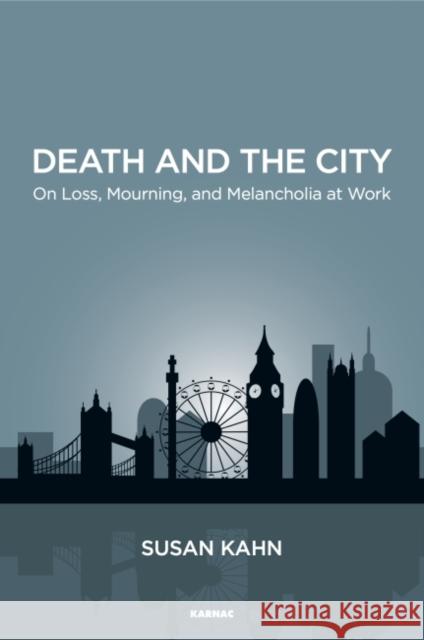Death and the City: On Loss, Mourning, and Melancholia at Work » książka
Death and the City: On Loss, Mourning, and Melancholia at Work
ISBN-13: 9781782203544 / Angielski / Miękka / 2017 / 200 str.
Death and the City: On Loss, Mourning, and Melancholia at Work
ISBN-13: 9781782203544 / Angielski / Miękka / 2017 / 200 str.
(netto: 173,52 VAT: 5%)
Najniższa cena z 30 dni: 176,25 zł
ok. 16-18 dni roboczych.
Darmowa dostawa!
Organizational collapse is part of our vernacular. Enron, Woolworths, Lehman's, Bank of America, Rover, BOAC, Northern Rock - these failures are part of our cultural experience of work. At a time when working lives are often vulnerable and organizational mortality is under threat from technology and the economy the consequences of organizational death is worthy of attention.
Organizations can face many different endings - sharp and brutal, premature, or carefully planned and premeditated - all these endings have emotional collateral damage. We are working in an environment where crises, failure, and demise are everyday features. Closure, merger, downsizing, redundancy, liquidation, insolvency, administration - this is the dialect of organizational life in a recession driven economy. Such vulnerability at work creates challenges for decision making, operational and communication delivery, as well as the loss and suffering of individuals involved.
Death and the City provides an in-depth portrait of an organization in a palliative state. It transports the analytic concepts of mourning and melancholia and of the death drive into the workplace, and brings this important, but under explored, stream of psychoanalytic thought to the fore as a means of interrogating and further understanding organizational life.
The reader will gain an understanding of the experience and catastrophe of loss in the context of the global financial crisis. The pain of a slow corporate death and the acceptance of failure will be illuminated using psychoanalytic theory helpful to consultants and academics dealing with endings. This book offers an original and in-depth understanding of organizational closure, the inner world of the organization seen through the inner world of the researcher.
Death deserves contemplation at a time when organizations are experiencing more exposure to endings than at any time in the last century. The book applies insights from psychoanalysis to provide a deeper awareness and understanding of the experience of these endings.











